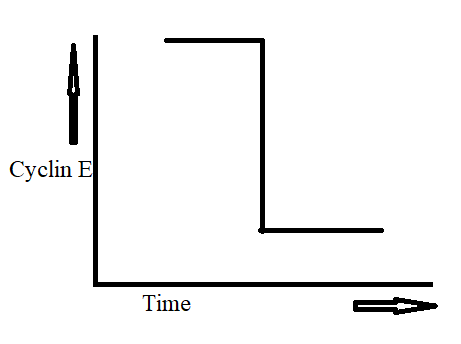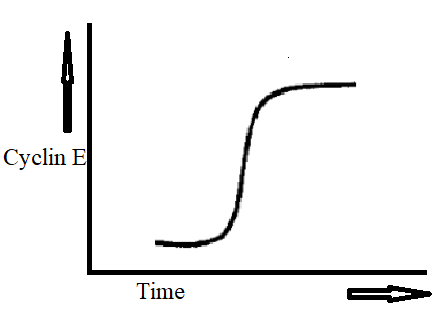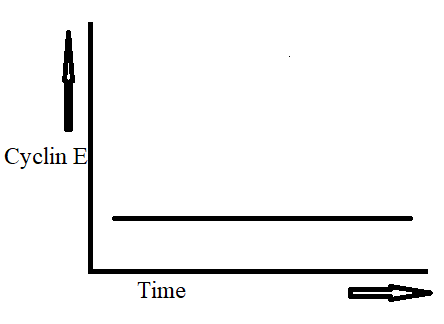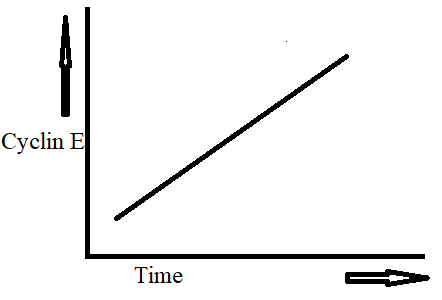#Question id: 361
#SCPH05 I Biotechnology
Calculate the percentage of histidine that has its imidazole side chain protonated at pH 7.3. The pKa values for histidine are pK1 = 1.8, pK2 (imidazole) = 6.0, and pK3 = 9.2.
#Question id: 361
#SCPH06 I Botany
Calculate the percentage of histidine that has its imidazole side chain protonated at pH 7.3. The pKa values for histidine are pK1 = 1.8, pK2 (imidazole) = 6.0, and pK3 = 9.2.
#Question id: 361
#SCPH28 | Zoology
Calculate the percentage of histidine that has its imidazole side chain protonated at pH 7.3. The pKa values for histidine are pK1 = 1.8, pK2 (imidazole) = 6.0, and pK3 = 9.2.
#Question id: 362
#SCPH01 Biochemistry
A 0.01 M solution of a substance has a pH of 2. What can you conclude about this substance?
#Question id: 362
#I Life Science/ Life Sciences Group – I-V
A 0.01 M solution of a substance has a pH of 2. What can you conclude about this substance?
#Question id: 362
#SCPH05 I Biotechnology
A 0.01 M solution of a substance has a pH of 2. What can you conclude about this substance?




